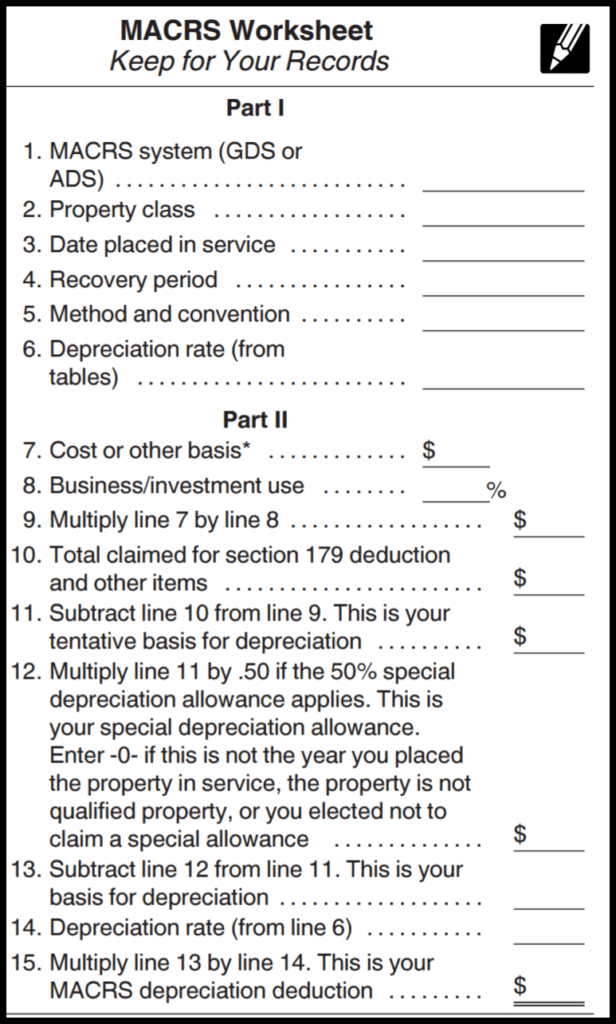
This method calculates depreciation by looking at the number of units generated in a given year. This method is useful for businesses that have significant year-to-year fluctuations in production. This number will show you how much money the asset is ultimately worth while calculating its depreciation. You can use this method to anticipate the cost and value of assets like land, vehicles and machinery.
Challenges with Complex Calculations
It’s possible to find this information on the product’s packaging, website or by speaking to a brand representative. But, using the straight-line method spreads deductions evenly across an asset’s useful life. However, one can see that the amount of expense to charge is a function of the assumptions made about both the asset’s lifetime and what it might be worth at the end of that lifetime. Those assumptions affect both the net income and the book value of the asset. Further, they have an impact on earnings if the asset is ever sold, either for a gain or a loss when compared to its book value. In the first depreciation year, 5/15 of the depreciable base would be depreciated.
Company
There are multiple types of accelerated depreciation methods, each one providing a different advantage for different business types. It’s important to note that the choice of depreciation method can also affect financial reporting. While tax depreciation is concerned with reducing taxable income, financial accounting depreciation aims to allocate the cost of an asset over its useful life accurately. Companies must consider how the chosen method will reflect on their financial statements and the potential impact on stakeholders’ perception. Depreciation is a fundamental concept in accounting and finance, representing the process of allocating the cost of tangible assets over their useful lives.
Double declining balance method

The most common reason for using accelerated depreciation is to lessen net income. Showing less income lowers the amount of income tax owed by a company. It is better to take income tax savings earlier in the life of an asset. Straight-line depreciation is easier to calculate and looks better for a company’s financial statements. This is because accelerated depreciation shows less profit in the early years of asset acquisition. Most companies use straight-line depreciation for financial statements and accelerated depreciation for income tax returns.
- Accelerated depreciation refers to a method used to calculate asset value over time.
- On the other hand, assets that lose value fast, especially those in the tech field, may benefit from accelerated methods.
- It’s important to choose the right method to improve a company’s financial health.
- Because depreciation is accelerated, expenses are higher in earlier periods compared to later periods.
Companies must weigh the benefits of immediate tax savings against the advantages of predictable financial reporting. Strategic decision-making in this area can lead to improved financial health and operational efficiency over the long term. It’s essential for businesses to consult with financial advisors to determine the best approach tailored to their specific circumstances and goals. When businesses acquire assets, they must allocate the cost of these assets over their useful lives, a process known as depreciation.
Straight Line Basis Calculation Explained, With Example
This method calculates annual depreciation based on the percentage of total units produced in a year. Let’s assume that a business buys a machine with a $50,000 purchase price and a $10,000 salvage amount. The business’s use of the machine fluctuates greatly, according to production levels.
If a company routinely recognizes gains on sales of assets, especially if those have a material impact on total net income, the financial reports should be investigated more thoroughly. Management that routinely keeps book value consistently lower than market value might also be doing other types of manipulation over time to massage the company’s results. For example, an asset with a useful life of five years would have a reciprocal value of 1/5 or 20%.
Let’s say you own a tree removal service, and you buy a brand-new commercial wood chipper for $15,000 (purchase price). Your tree removal business is such a success that your wood chipper will last for only five years before you need to replace it (useful life). You can calculate the asset’s life span by determining the number of years it will remain useful.
It allows the business to front-load the deductions, meaning higher deductions can be taken in the initial years. Accelerated depreciation is an accounting method that businesses can opt to use in order to deduct a larger portion of an asset’s cost in the early years of straight line depreciation vs accelerated its useful life. When deployed correctly, it has the potential to unlock significant benefits. Both the Accelerated Depreciation and Straight-line are good methods of calculating asset value over time and are both used in tax deductions and for accounting purposes.
When we compare accelerated depreciation to straight-line, both methods may result in the same total taxes paid over ten years. However, accelerated depreciation lets businesses delay more taxes to future years. It affects financial reports, asset management, and significant tax obligations. Companies must understand these differences to make smart tax decisions. Under this accelerated method, there would have been higher expenses for those three years and, as a result, less net income.

